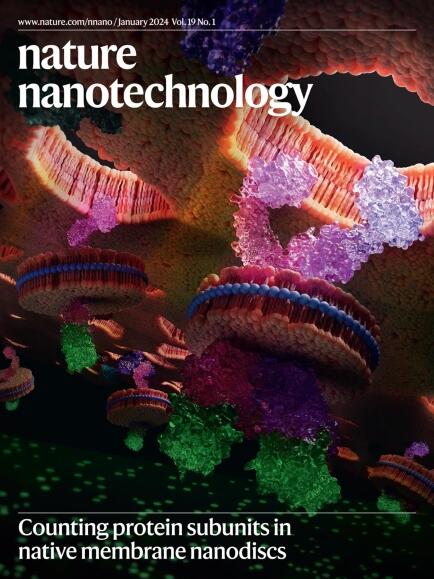Low-iridium stabilized ruthenium oxide anode catalyst for durable proton-exchange membrane water electrolysis.
IF 34.9
1区 材料科学
Q1 MATERIALS SCIENCE, MULTIDISCIPLINARY
引用次数: 0
Abstract
While mixing iridium (Ir) with ruthenium oxide (RuO2) has proven to be an effective strategy for reducing Ir loading in anode catalysts for proton-exchange membrane (PEM) water electrolysers, achieving industrially relevant long-term stability typically requires an Ir-rich, Ru-lean combination. Here, by combining density functional theory with Metropolis Monte Carlo methods, we discovered that sufficient stabilization in the RuO2 lattice could be achieved with less than 50 at.% of Ir, and that Ir in the first subsurface layer plays a critical role. By effectively dispersing Ir dopants within the RuO2 lattice, we demonstrated an Ir:Ru atomic ratio of only 1:6 that exhibited exceptional stability for over 1,500 h of continuous water electrolysis at 2 A cm-2. Our Ru6IrOx catalyst has the potential to reduce Ir loading by 80% compared with current commercial PEM water electrolysers, and its stability was further validated under industrial testing conditions in a 25-cm2 PEM electrolyser.耐用质子交换膜电解用低铱稳定氧化钌阳极催化剂。
虽然将铱(Ir)与氧化钌(RuO2)混合已被证明是减少质子交换膜(PEM)水电解槽阳极催化剂中Ir负载的有效策略,但要实现工业相关的长期稳定性,通常需要富铱、贫钌的组合。本文将密度泛函理论与Metropolis蒙特卡罗方法相结合,发现在小于50 at的条件下,RuO2晶格可以达到足够的稳定性。其中,第1次表层的Ir起关键作用。通过在RuO2晶格内有效地分散Ir掺杂剂,我们证明了Ir:Ru原子比仅为1:6,在2 A cm-2的连续水电解超过1,500小时时表现出优异的稳定性。与目前的商用PEM水电解槽相比,我们的Ru6IrOx催化剂有可能将Ir负载减少80%,并且在25平方厘米的PEM电解槽中进一步验证了其稳定性。
本文章由计算机程序翻译,如有差异,请以英文原文为准。
求助全文
约1分钟内获得全文
求助全文
来源期刊

Nature nanotechnology
工程技术-材料科学:综合
CiteScore
59.70
自引率
0.80%
发文量
196
审稿时长
4-8 weeks
期刊介绍:
Nature Nanotechnology is a prestigious journal that publishes high-quality papers in various areas of nanoscience and nanotechnology. The journal focuses on the design, characterization, and production of structures, devices, and systems that manipulate and control materials at atomic, molecular, and macromolecular scales. It encompasses both bottom-up and top-down approaches, as well as their combinations.
Furthermore, Nature Nanotechnology fosters the exchange of ideas among researchers from diverse disciplines such as chemistry, physics, material science, biomedical research, engineering, and more. It promotes collaboration at the forefront of this multidisciplinary field. The journal covers a wide range of topics, from fundamental research in physics, chemistry, and biology, including computational work and simulations, to the development of innovative devices and technologies for various industrial sectors such as information technology, medicine, manufacturing, high-performance materials, energy, and environmental technologies. It includes coverage of organic, inorganic, and hybrid materials.
 求助内容:
求助内容: 应助结果提醒方式:
应助结果提醒方式:


